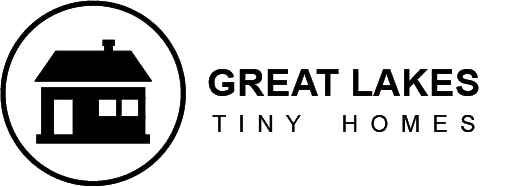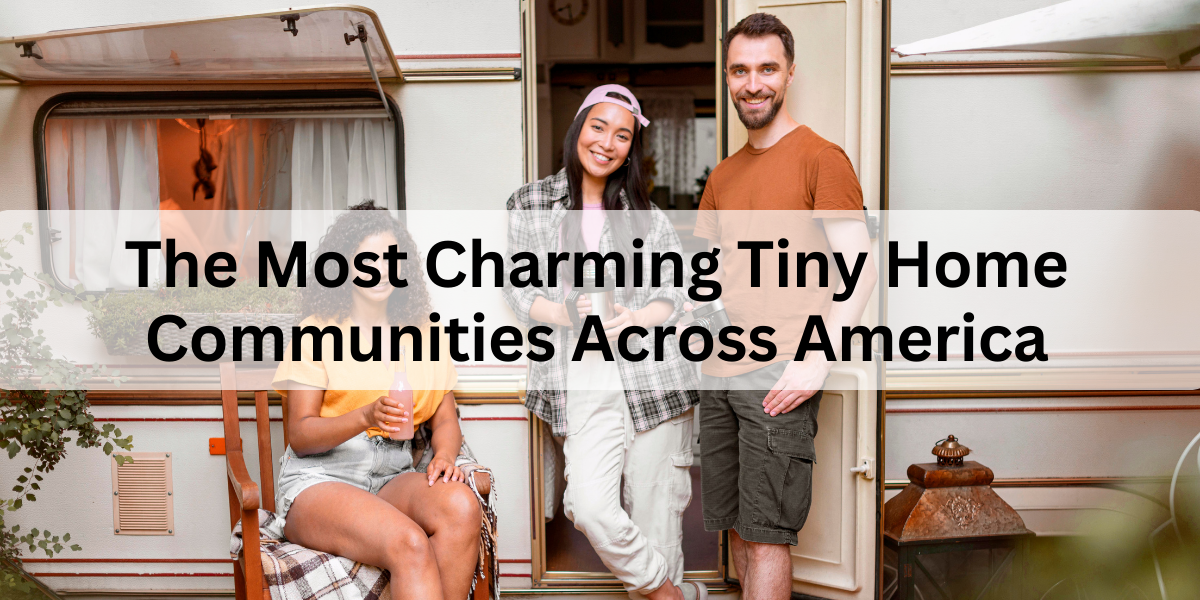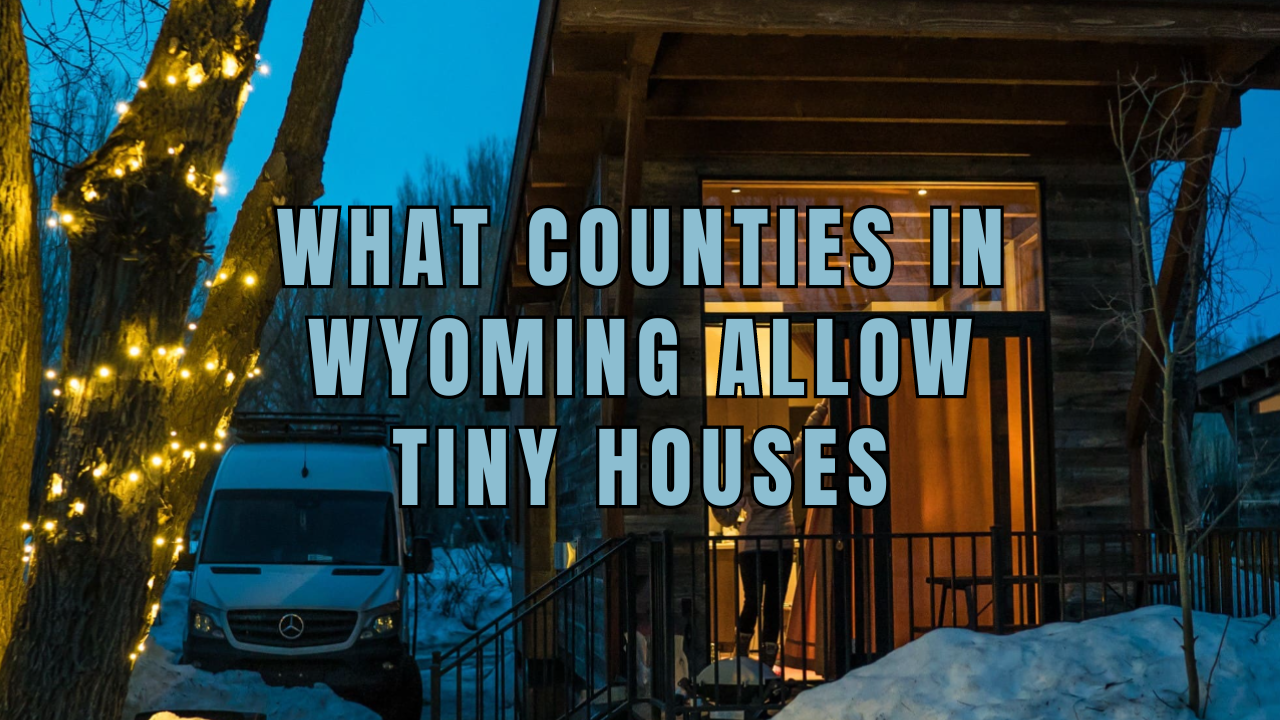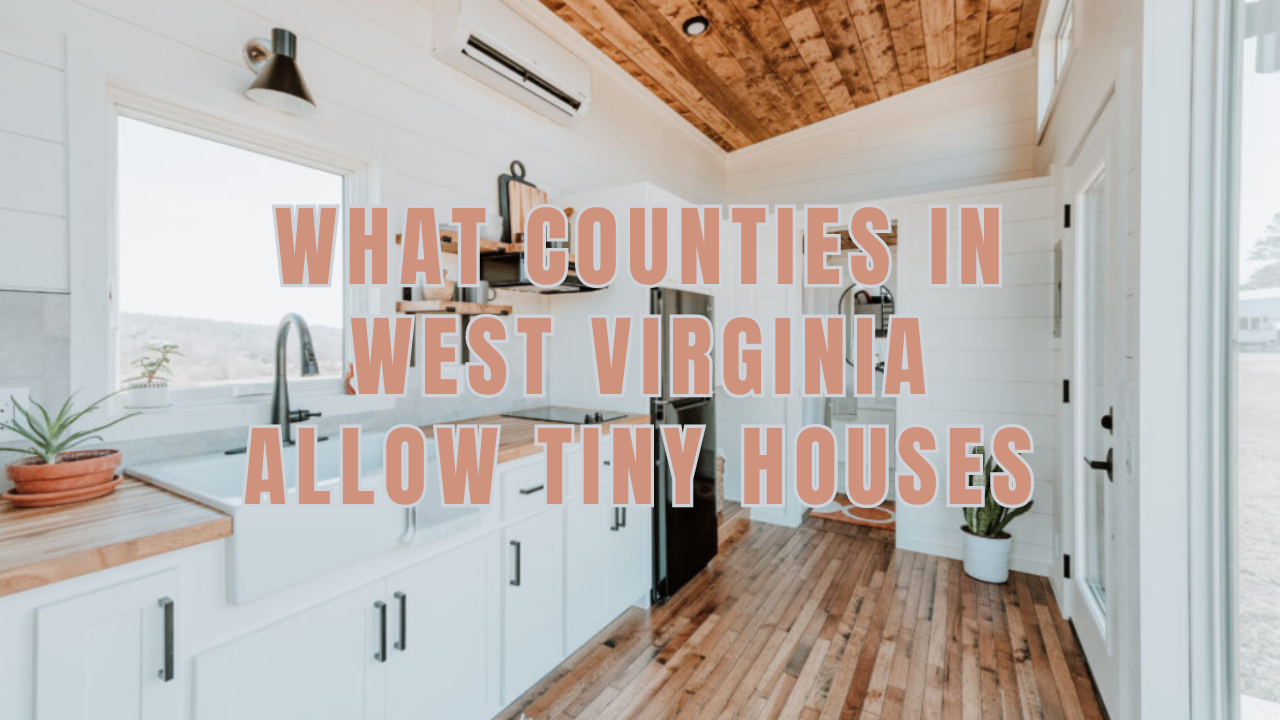Tiny house residents show their neighbors that the secret to a meaningful lifestyle is valuing experiences and relationships over material things by adopting the philosophy of minimalism and residing in smaller-than-average houses.
That is why more and more people are leaving their big houses and moving to tiny home communities.
What Are Tiny Home Communities?
A specified location where tiny dwellings are permitted to live is known as a tiny house community. They may only have two or three houses or as many as over a hundred.
Some are independent communities situated in the middle of a larger town or city. Smaller towns could take up more room in rural or urban homes.
Twelve states are now revising their laws to reflect this expanding trend, and new kinds of communities are proliferating. There are already more than 50 small house communities around America, and this is only the beginning. We learn that new settlements have been established or will be established in more states.
A tiny community gives you permission to legally build or park adjacent to other tiny home occupants. Just as in a typical community, you’ll have neighbors. However, you’ll all benefit from the solidarity that comes with knowing that you all have much smaller economic and environmental footprints than the majority.
Since many tiny residences are constructed on wheels and can be towed like an RV, some operate similarly to an RV park. While some neighborhoods welcome movable tiny houses, others insist they are permanent residences.
Where Can You Park Your Tiny House?
The path ahead is difficult to travel. But you may be successful in your hunt with careful planning, transparent communication, and a bit of luck. Let’s start by assisting you in finding the ideal location for your tiny house.
My Tiny House Parking
A member of the small House Network, My Tiny House Parking, provides listings for private parking, parking spaces on farms or in tiny home zones, and RV parks, all of which are easily displayed on a map.
Campgrounds, RV Parks, and National Parks
You can put a tiny home in any place an RV can be parked if it is RVIA (Recreational Vehicle Industry Association) certified. All of these, however, do not permit long-term stays, so they are more short-term possibilities.
Tiny House Map
In addition to communities renting out a property, Tiny House Map also covers posters starting to build their own small homes and looking for further information or a parking spot.
In the end, the many options available to assist you in locating a parking spot; you only need to research the laws in your specific location and find what suits you among all the available sources of information.
Tiny House-Friendly Towns
A few American cities have openly embraced this lifestyle. Although the reasons for doing so can vary, they typically involve increasing the population of an area experiencing population loss. Spur Texas is one of the more well-known instances. They first welcomed any housing but have since only slightly restricted it.
Online Classifieds
Additionally, you might try searching for short- or long-term parking spaces on websites like Craigslist, eBay classifieds, or Facebook Marketplace. Homeowners frequently display something to advertise the free space in their driveway or backyard for guests. According to municipal laws, it may be an option for tiny house owners to temporarily park their residences.
You can join tiny home online groups and attend meetings to meet other homeowners and discover new spots to park your home.
Tiny House Hosting
There is a Facebook group called Tiny House Hosting, which was an initiative to assist in bridging the gap between landowners and residents of tiny homes. You can locate posts with places that provide all the necessary details, such as the rough location of the land, lease, hookups, and photographs. They classify their posts in the following way:
- Land for sale: LFS
- Land for rent: LFR
- Land wanted: LW
- Tiny Home For Rent: THR
- Community Opportunity: CO
Rural or Disguised Locations
If your home is discrete (under 400 square feet), you can get away with a lot, even if you live close to a city or in a more constrained region. Most complaints lead to code enforcement. You can live in your house for a long time without being bothered if no one looks at it or complains about it. Some people own several tiny homes on acres in neighborhoods where they are not allowed, but they have been inhabited for years.
Towns with Fewer Rules
In many American communities and rural areas, there are few, if any, restrictions on what you can build. And not all of these places are far away. For instance, the laws begin to break not too far outside of places like Chattanooga, Tennessee, or Asheville, North Carolina. There are even no building departments in several of these counties.
Best Tiny House Communities In America
Sequoia National Park
At Lemon Cove Village, you can purchase a lot to erect your modest house. In the foothills of the Sierra Nevada in California, not far from Sequoia National Park, there is a tiny house and RV-friendly neighborhood.
The monthly costs in this neighborhood are between $450 and $595, including amenities. While your home is being built, you will receive a rent discount. They also accept old trailers and have a few tiny residences for sale. The rural community has services like a community garden, a laundromat, and a dog park, just like any walkable urban area.
Orlando Lakefront
The RV/Tiny Home community concept was invented by Orlando Lakefront at College Park in 2015. The owner gradually changed it from a dilapidated RV park from the 1950s to a lovely contemporary tiny home village neighborhood. Due to the active lifestyles of many of the citizens, it exudes an energizing vibe.
The neighborhood is situated on Lake Fairview, about ten minutes from Florida’s downtown Orlando. A new, well-liked restaurant is on the opposite side of the lake, and locals and visitors may get there with a quick boat trip. Orlando Lakefront is now full, but for a $200 charge, you can be added to the waitlist.
Tiny Tranquility
A tiny-home community called Tiny Tranquility in the Pacific Northwest offers beach access, a BBQ area, a fitness center, community gardens, and common structures for activities that need more space.
A good way to try one of these out without making a significant commitment is to rent a unit from one of the many places in the community.
Cedar Springs Tiny Village
It is conveniently situated about an hour from the cities of Columbus and Indianapolis. It is Ohio’s first tiny home community. You’ll have the privilege of seeing the sights of a lovely lake instead of a bustling city.
Tiny homes on wheels are catered to, and complete connections are available for less than $500 a month. Dogs are welcome and will appreciate the numerous walking pathways.
In New Paris, Ohio, there are plenty of enjoyable things to do all year, including shopping at the local farmer’s market in the summer and tubing in the winter. You can even cross the lake to get to the resort’s pool, where you can also go fishing and scuba diving.
Sprout Tiny Homes
In La Junta, Colorado, Sprout Tiny Homes is in charge of two initiatives for tiny home mountain villages.
The largest construction project is now underway in Salida, Colorado, also referred to as the “heart of the Rockies.” It will be the largest tiny neighborhood in the US, with 200 rental homes ranging from 260 to 760 square feet. Also, it’s a great place to retire.
The second endeavor consists of 33 micro-homes in development in Walsenburg, Colorado. Sale costs begin at $60,000 each.
The Sanctuary Minnesota
The Sanctuary in Ogilvie, Minnesota, lies north of Minneapolis. It’s an adult-only community with around 80 acres of woods and trails. There are some pet limitations, and you have to rent for at least six months.
Residents in this community use rainwater harvesting systems and composting toilets, making it more rural than comparable communities with only power hookups accessible. However, a shared building has access to full bathrooms and laundry areas.
Lake Walk Community
You can park your vehicle or rent a modest house in the Lake Walk Community in Greer, South Carolina, close to the stunning Lake Cunningham. There are walking and trekking trails in the nearby mountains.
Additionally, the neighborhood has a community center and fire pits, making it easy to get to know your neighbors and feel a sense of community.
If you decide to buy, you’ll be pleased to pay less than $100,000 for a house in this lovely area. If you want to rent, it has to be for at least six months.
Best Practices For Living In A Tiny Home Community
Every community has its rules. Be aware of them if you want to join the tiny home movement. Let’s look at the best practices to employ when living in a tiny community.
Be A Good Citizen and Neighbor
Whatever strategy you choose, you should strive to be a good neighbor. Code enforcement, as was already mentioned, is based on complaints. Therefore, avoid making your neighbors angry.
Before bringing a tiny house onto any land, be sure to let your neighbors know what your plans are. Remember to let the individuals be aware of your goals, for instance, if you intend to build a little cottage in your garden. There might be misunderstandings and unnecessary arguments if you don’t communicate beforehand.
Research the Rules
Ask your neighbors or any person in charge about the rules of your community. If you have pets, for example, you might get into trouble if the community is not pet-friendly.
Avoid Being Aggressive
Be cordial if an officer does arrive to ask you about your little abode. It’s easy to see someone in their shoes as the opposition you have to overcome. But it’s nothing personal; they are only carrying out their duties.
Answer all their questions, and make sure you have a backup of your rental or property documentation handy. If you’re nice enough, they might even let a couple of things pass.
FAQs
Are Tiny Homes Difficult to Move Around?
No, they are not difficult to move around. However, you must make early plans because transporting a larger house would be more difficult. Naturally, gooseneck trailers aid in stability, but if you are concerned about moving your small house, you can always get in touch with a specialized tiny house mover.
Are Tiny Homes Adaptable for Children?
Children have grown up in cramped quarters for millennia, but today’s kids appear to require (and want) more material things, which could be a problem because there won’t be much room. But it depends on how you plan on raising your kids.
Are Tiny Homes Communities Illegal Anywhere?
The majority of states in the United States are welcoming of tiny homes, but 20 states are perhaps hostile or not ideal for them, New York and Connecticut included. Make sure to do your research before considering a new estate to move to.
The Wrap-Up
There has never been a better opportunity to join the movement with the proliferation of tiny house communities. Whether you enjoy the desert, the mountains, or a large metropolis, there is the ideal tiny home community for you anywhere. We hope this guide has been helpful. Good luck on your tiny journey!





